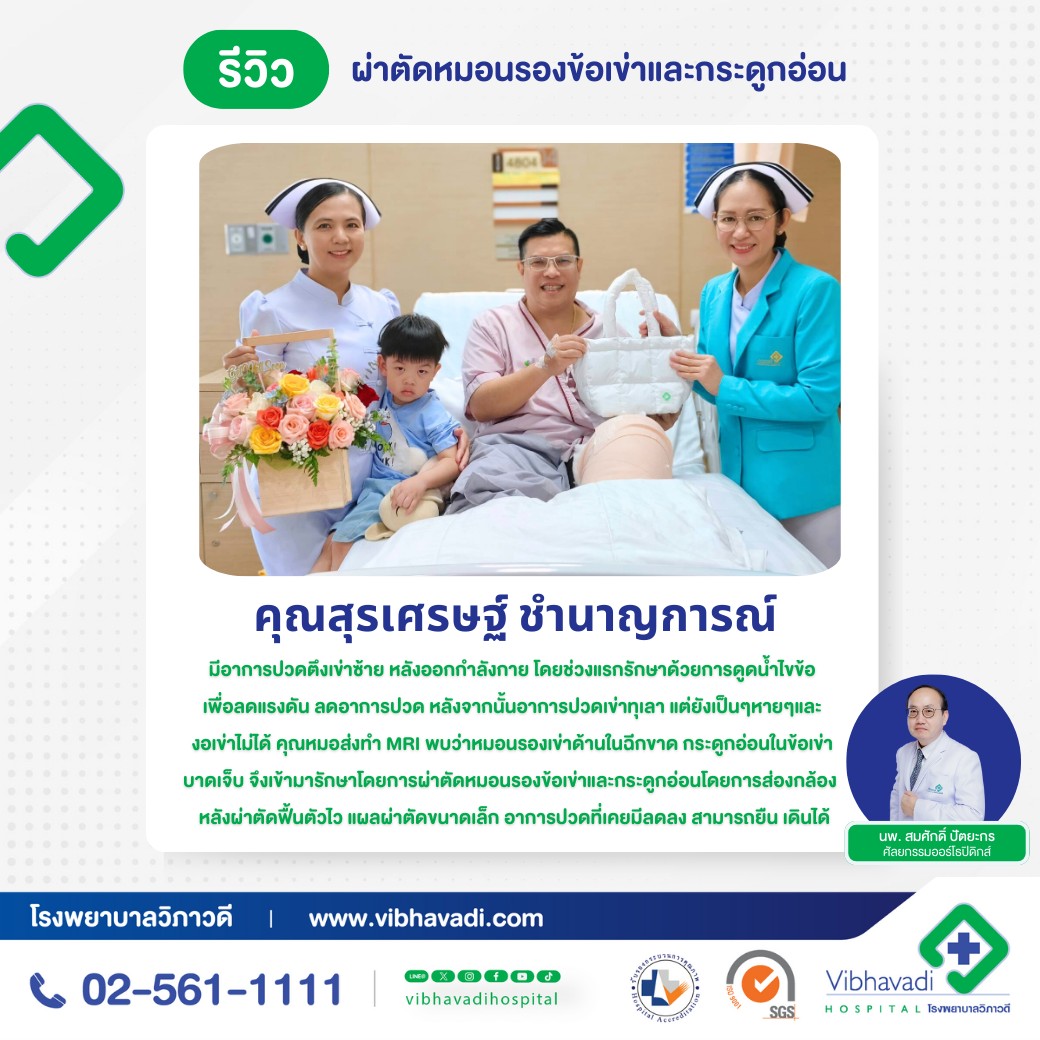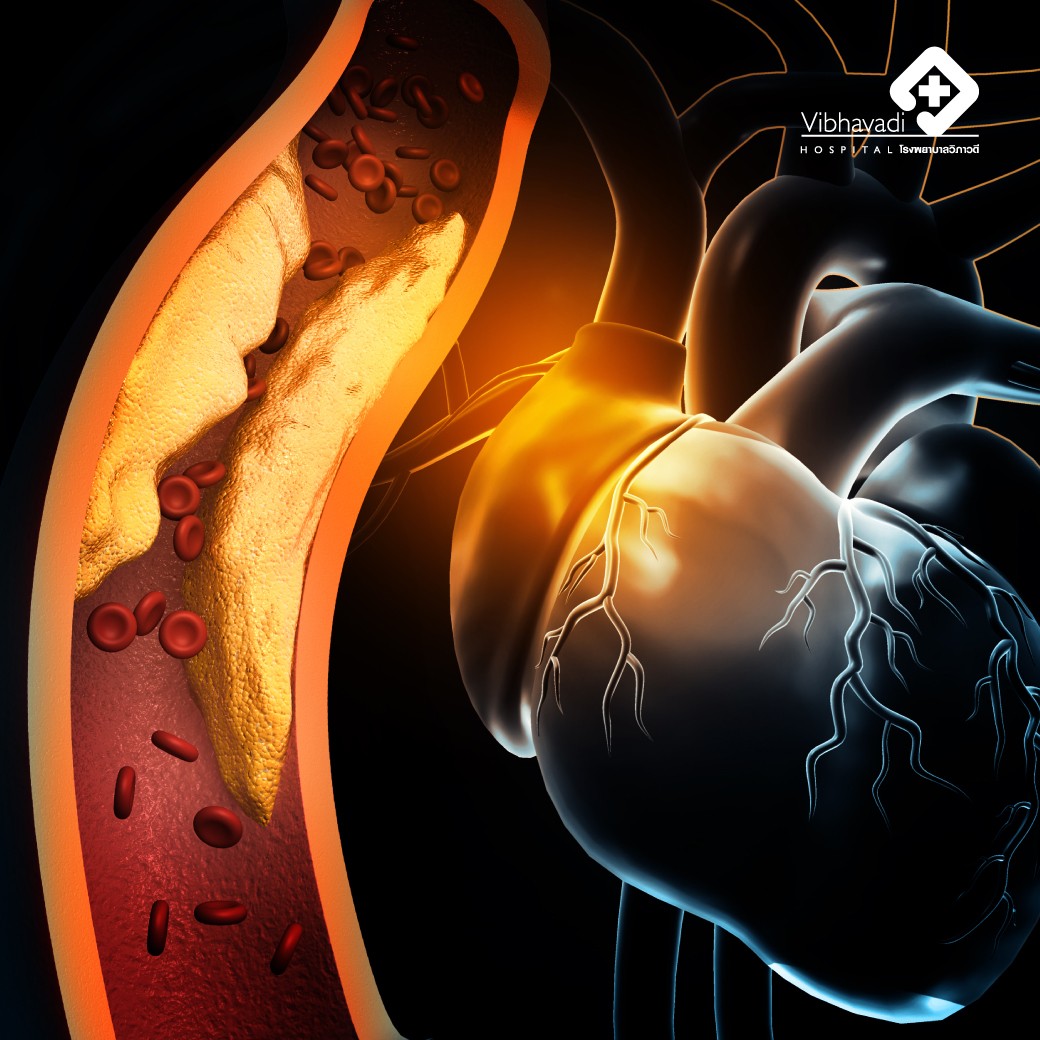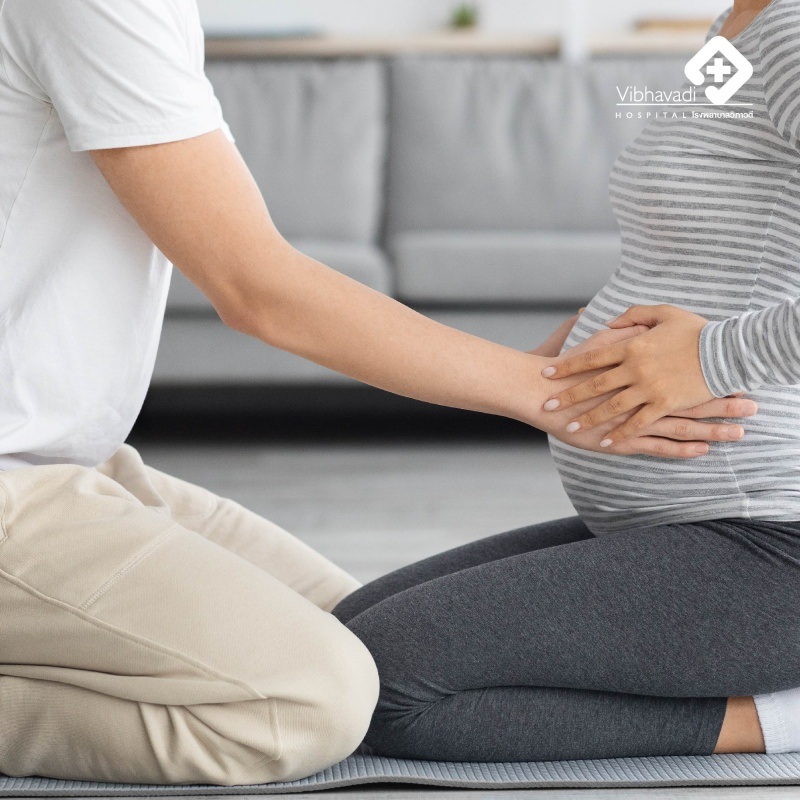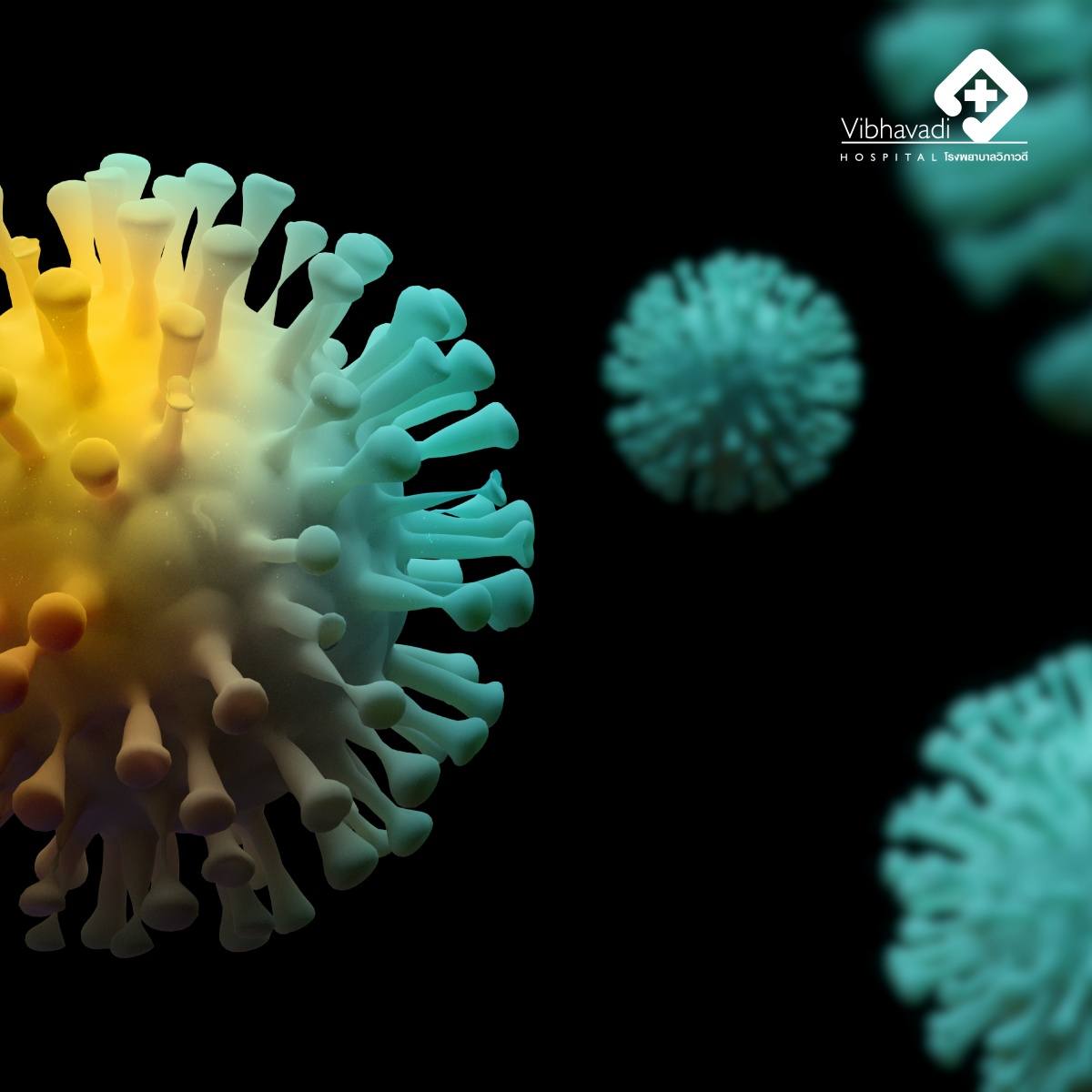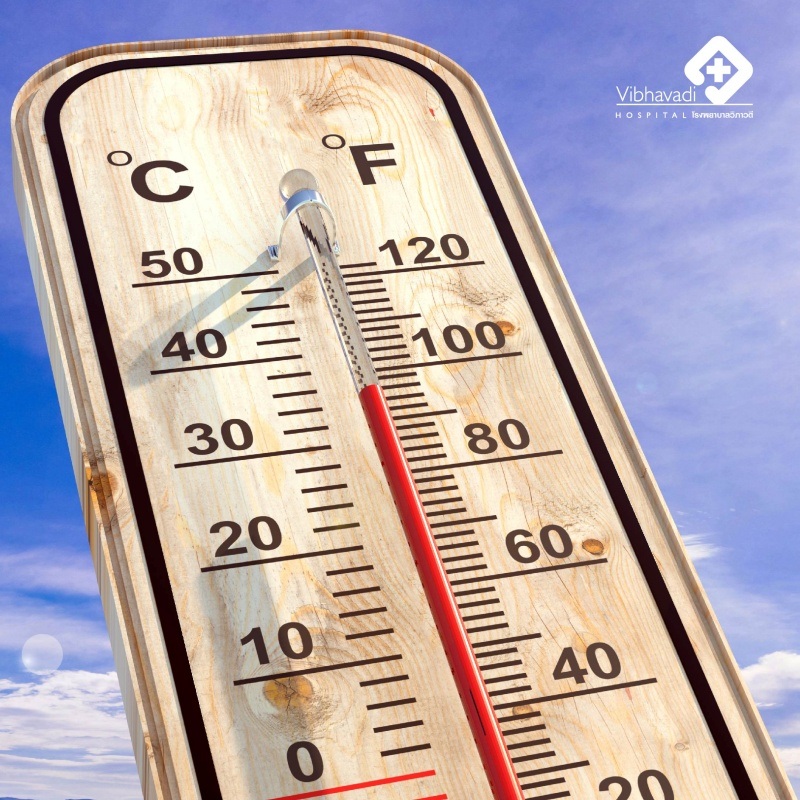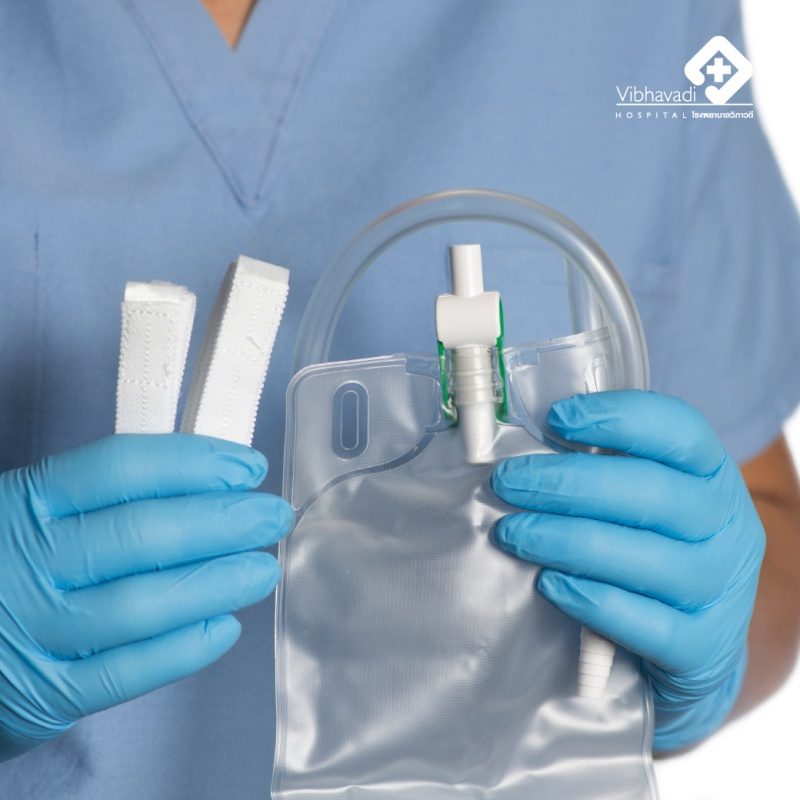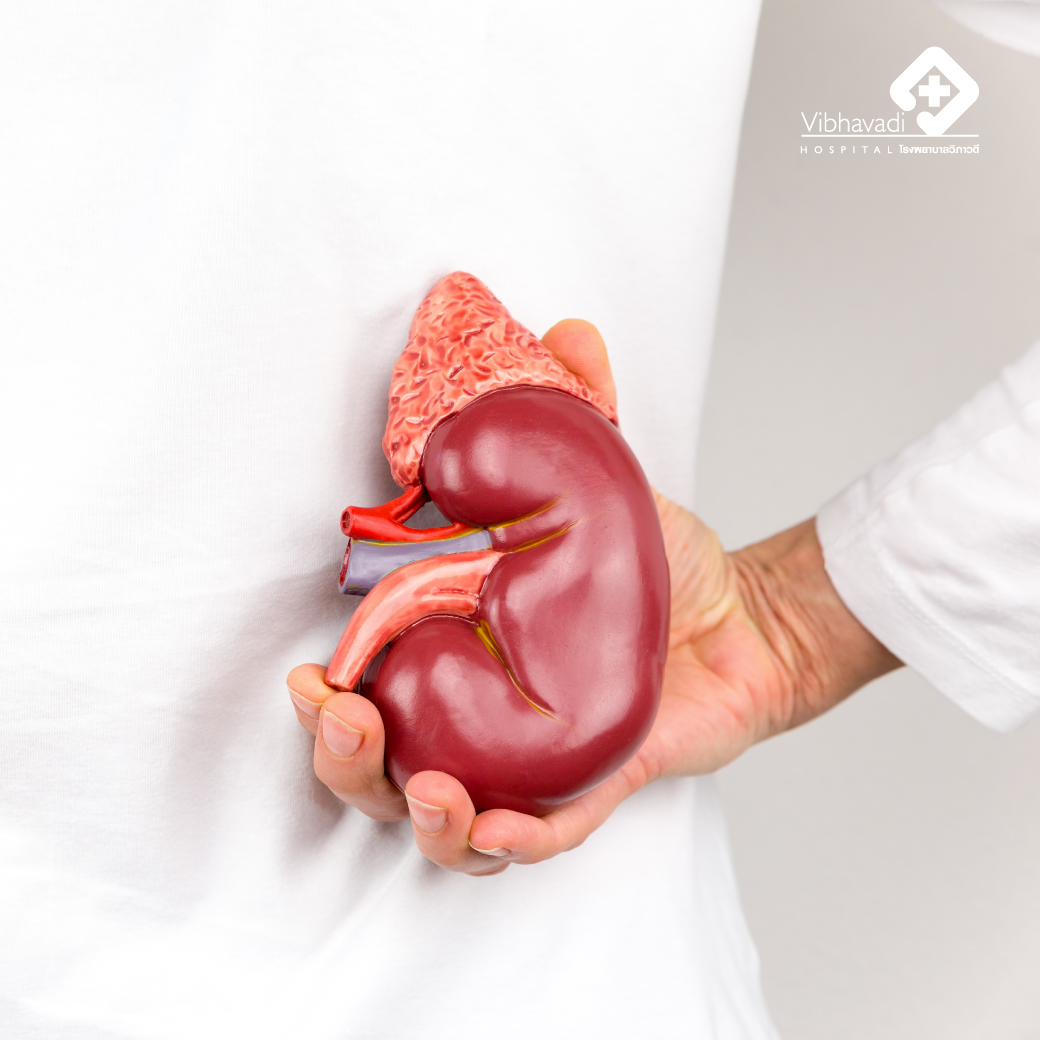Preventing anterior cruciate ligament (ACL) injuries
Preventing anterior cruciate ligament (ACL) injuries
The anterior cruciate ligament (ACL) is a crucial ligament within the knee joint that helps maintain stability during knee bending and rotational movements. Individuals without an intact ACL may experience instability and a sense of their knee giving way when twisting or rotating the knee. This can lead to knee pain and potential tears in the knee's supporting structures, such as the meniscus or other ligaments. Frequent episodes of knee instability due to compromised ACL can also result in increased damage to the supporting structures, leading to early-onset knee osteoarthritis.
A complete ACL tear alone often does not cause pain, except for the initial 2-3 weeks following the injury. The problem with a torn ACL arises from the knee's instability when subjected to weight-bearing activities that involve twisting or changing directions, such as turning or pivoting while walking, running, or cycling. These activities requiring agility and rotational movements are often compromised without the stabilizing function of the ACL.
The ACL cannot naturally heal or repair itself. If one seeks to restore stability in the knee with rotational movements, a new ACL must be reconstructed. There are three potential sources for constructing a new ACL:
- Utilizing hamstring tendons.
- Utilizing a portion of the patellar tendon.
- Using a donor tendon (allograft) from another individual.
Many professional athletes, both male and female, have successfully returned to high-level sports after ACL reconstruction surgery. The recovery process involves significant efforts in physical rehabilitation and psychological resilience. While there is no reason why professional athletes cannot return to their pre-injury performance standards, the dedication to rehabilitation is crucial for regaining physical and mental capabilities.
The occurrence of anterior cruciate ligament (ACL) injuries is often associated with certain sports that involve high levels of physical activity, such as football, basketball, and volleyball. In contrast, such injuries are less common in golf unless accidents happen. However, what is particularly interesting is the statistical data showing a higher incidence of ACL injuries in female athletes compared to male athletes. Specifically, the incidence is twice as high in female basketball players and four times as high in female football players. This accounts for approximately 60% of female basketball players experiencing ACL injuries while landing.
So, what exactly is the anterior cruciate ligament (ACL) and what is its function? The ACL is a ligament located within the knee joint that helps stabilize the tibia bone by preventing its forward movement beneath the femur bone. The ACL becomes taut when the knee is forcefully extended, twisted, or subjected to intense rotational forces, which can result in the ligament tearing and compromise the stability of the knee joint. If left untreated, this can lead to the displacement or rotational movement of the tibia bone beneath the knee, causing joint damage.
Studies have identified several factors that increase the risk of ACL injuries in female athletes. However, research on training methods and exercise management has shown promising results in reducing the incidence of ACL injuries.
During landing, it has been observed that female athletes tend to land with less knee flexion compared to male athletes. This leads to greater impact forces on the knee and consequently increases the risk of ACL injuries. When pivoting or twisting the knee, female athletes often perform these movements with greater knee extension. The bending and alignment of the knee and hip joints play a significant role in exerting forces on the ACL. In golf, for example, keeping the left knee slightly flexed while striking the ball can reduce the stress on the ACL compared to immediately extending the knee and hip joints. Tiger Woods, for instance, frequently employs this technique when he wants to increase the distance of his shot by an additional 30 to 40 yards.
The muscles that control the knee joint include the quadriceps muscle group, responsible for knee extension, located at the front of the thigh, and the hamstrings, responsible for knee flexion, located at the back of the thigh. Female athletes primarily rely on the quadriceps muscles when changing direction or pivoting, generating forces that pull the tibia bone forward and extend the knee joint, thus increasing the risk of ACL tears. By focusing on hamstring muscle training and increasing its involvement, the risk of ACL injuries can be reduced.
The prevention of injuries to the knee can be achieved by both male and female athletes through training the strength of the quadriceps and hamstring muscles, as well as practicing stretching exercises. This also encompasses maintaining balance and stability in the knees, which is beneficial for golfers. In addition to reducing the risk of injury, having strong leg muscles and good posture will result in more accurate and powerful golf swings, as well as improved direction control.
Muscle Stretching Exercises:
Quadriceps Stretching:
Stand next to a wall or a table, bend one knee and bring the foot towards the back, feeling a stretch in the front of the leg. Hold this position for 5-7 seconds, repeating 6-10 times on each side.
Hamstrings Stretching:
Stretch one leg forward while bending the other leg, lean forward and backward, feeling a stretch in the back of the extended leg. Hold this position for 5-7 seconds, repeating 6-10 times on each side.
Muscle Strengthening Exercises:
Quadriceps Strengthening:
Sit on a high chair, bend the knees, hang the feet, and straighten the knees against resistance. This can be done using sandbags or resistance bands.
Hamstrings Strengthening:
Lie face down, bend the knees, and resist against a force. You can use weights tied to the ankles or resistance from elastic bands.
Word count: 931

